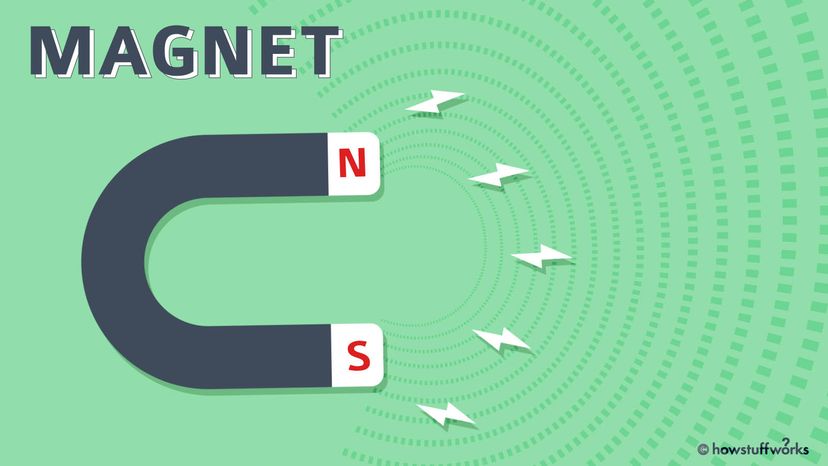
This explainer on magnets and magnetism is intended for our elementary and middle-school readers. If you're feeling magnetically drawn to read more on this topic, check out our long-form article How Magnets Work.
Magnets are fun to play with. It feels like you have a magic wand! Magnets are pieces of metal or rock with an invisible power to attract special kinds of metal. That power is called a force. In nature, a force is something that causes a push or a pull. Gravity is the force that keeps you from floating off the ground. Magnetism is the force that makes a magnet stick to your refrigerator.
Advertisement
